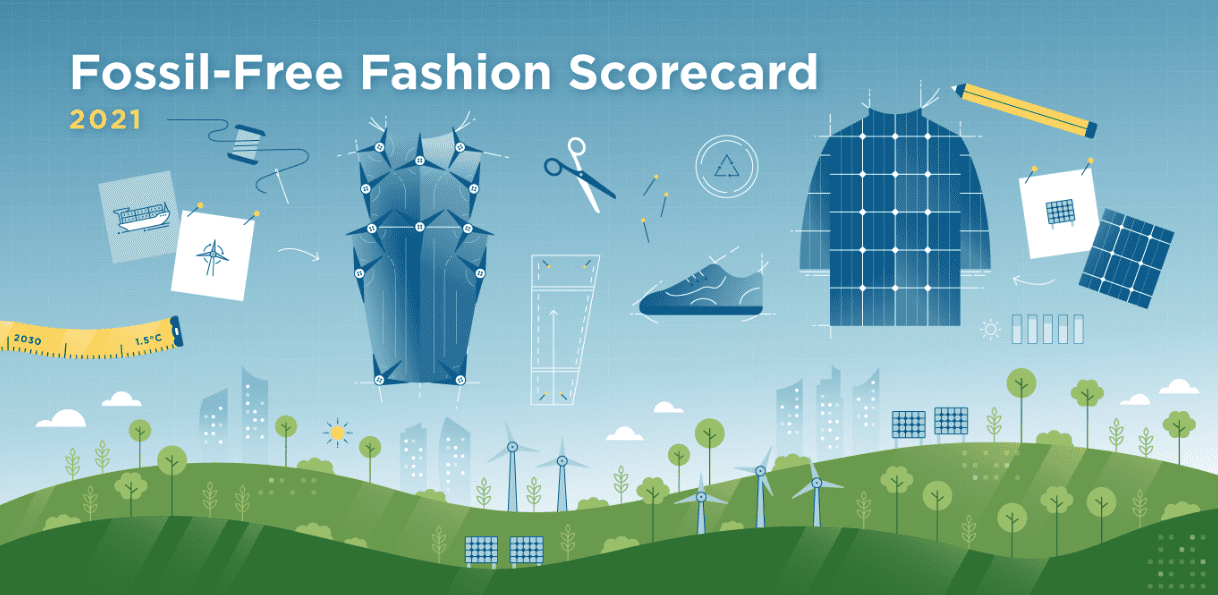At the March meeting of the National Council of Textile Organizations (NCTO), a group representing domestic textile manufacturers, outgoing chairperson Robert H. Chapman III thanked the new Trump policy dynamic. He said that the next 12 months represent the best opportunity in a generation to reorient U.S. manufacturing policy, level the playing field, and usher in a new era of growth for U.S. textile makers. According to NCTO, shipments of textiles and apparel rose to $74.4 billion last year, an 11 per cent increase since 2009, when the industry hit bottom during the economic slowdown.
Companies including the yarn maker have all developed value-added product niches. Even fiber makers such as Eastman Chemical have come out with new fiber variants that go well beyond the usual commodity offerings. Overseas textile makers are also recognizing the U.S. as a vibrant investment location with abundant raw materials, cheap energy, and new policies that favor local manufacturers.
Textile makers are eagerly hiring school graduates, who include management experts, polymer chemists, and textile dye specialists. Among the firms that worked with the school is PurThread, a developer of antimicrobial yarn technology. Founded in 1999, PurThread buys its Environmental Protection Agency-registered silver ingredient from Eastman Kodak, the former photographic film giant, says Lisa Grimes, PurThread’s chief executive officer.
In addition to using virgin polymers to produce its yarns, Unifi has developed a line of fibers, sold under the Repreve name, made from recycled polyester bottles. The company operates its own recycling center that converts bottles into polyester chips. A chemical tracer added to the polyester allows customers to verify the recycled content.
When a user stretches or puts pressure on the fabric sensors, current flow is affected, McMillen says. Printed electronic traces bring signals from the sensors to a computer chip that can measure a runner’s gait, monitor a wearer’s heart rate, or sense a person’s body temperature. BeBop recently introduced a control glove for virtual-reality enthusiasts. Equipped with haptic sensors, the glove allows users to “feel” objects virtually when playing computer games. Also on the drawing board are car seat sensors linked to airbag deployment systems to better protect occupants in case of a crash, says McMillen.












